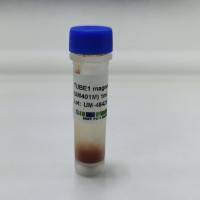The expression profile of the complete set of cellular genes or global gene expression provides a remarkable snapshot of physiological and pathophysiological mechanisms underlying cell regulation. Thus, accurate and precise measurements of global gene expression reveal unique insights into critical processes such as cell proliferation, differentiation, and survival. Prior to the existence of state-of-the-art approaches to analyzing global gene expression, gene expression was commonly measured one gene at a time using methods such as Northern blotting (1 ), RNase protection (2 ), and primer extension (3 ). These methods rely on the ability of nucleic acid “probes” to recognize complementary sequences in hybridization reactions via base pairing. The invention of reverse transcription polymerase chain reaction (RT-PCR) (4 ) greatly improved the sensitivity of gene expression analysis, allowing for the detection of very low abundant transcripts semiquantitatively and, more recently, quantitatively via real-time RT-PCR. RNA is first converted into complementary DNA (cDNA) in a reaction catalyzed by reverse transcriptase, and the cDNA is then amplified by PCR using gene-specific primers. With various modifications, differentially expressed transcripts representing both known and novel genes can be identified by techniques called differential display (DD) (5 ) and representational difference analysis (6 ). Although these techniques are quite powerful, their labor-intensive nature and moderate rate of false positives limits their utility somewhat. Importantly, these techniques do not allow for a facile analysis of thousands or even hundreds of gene expression changes.






